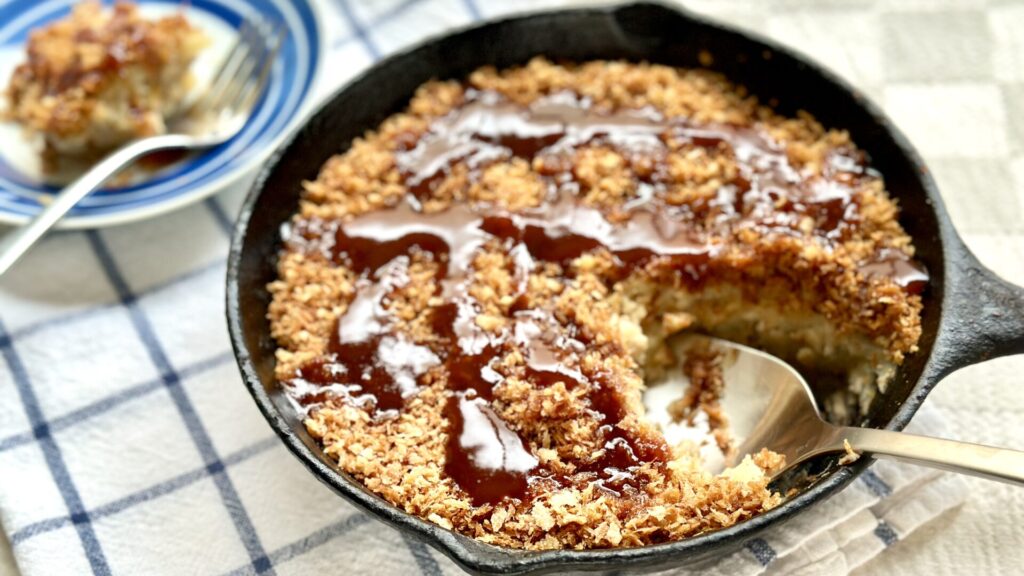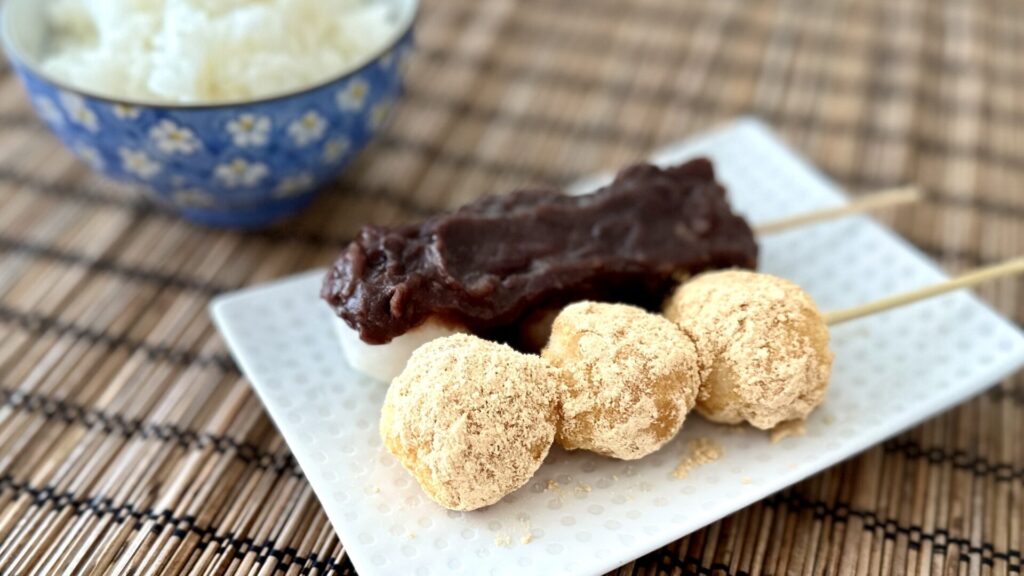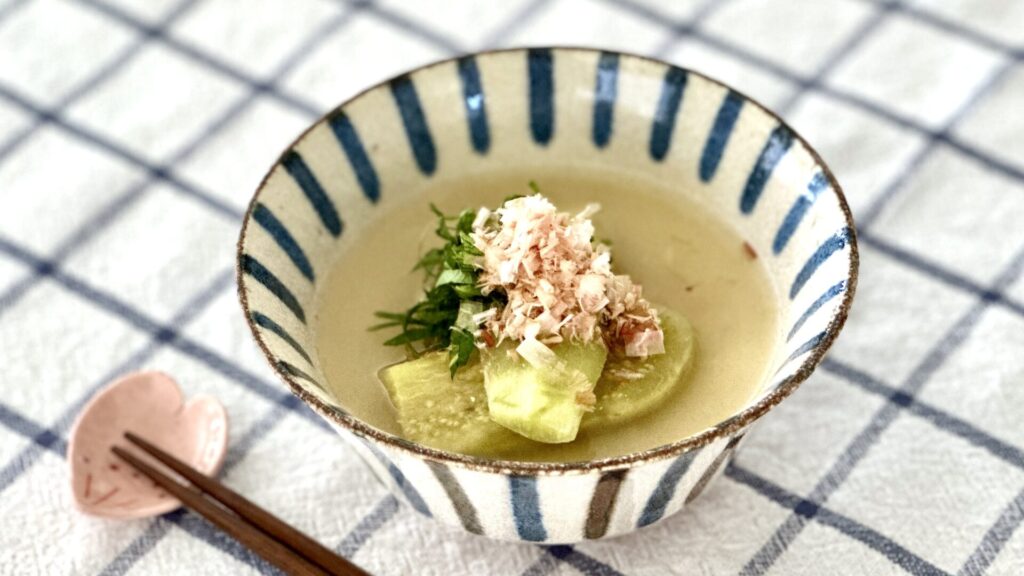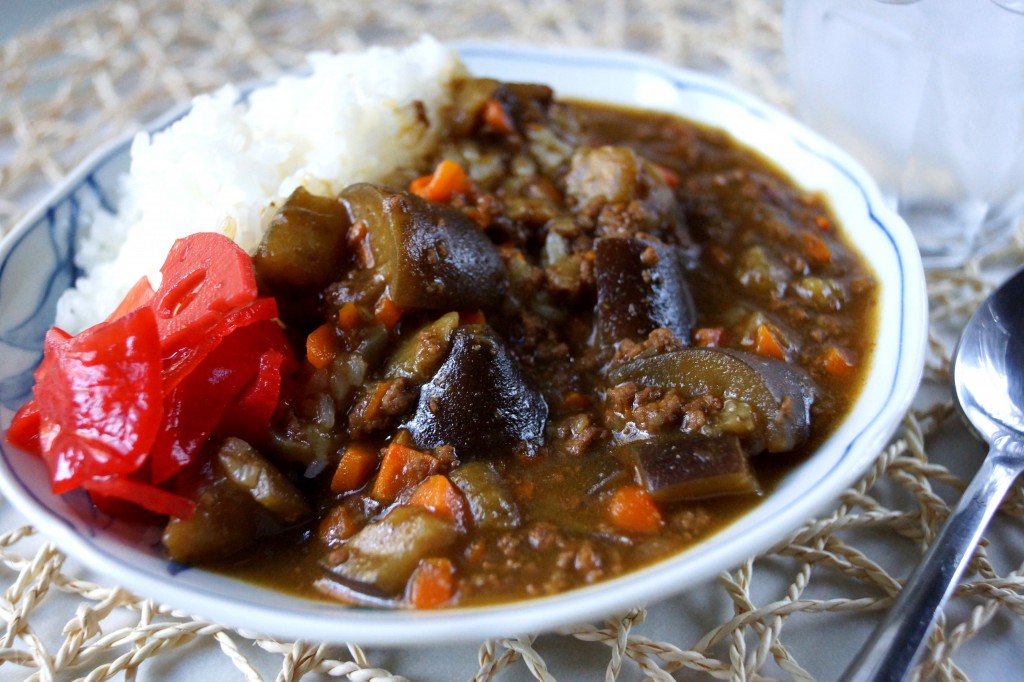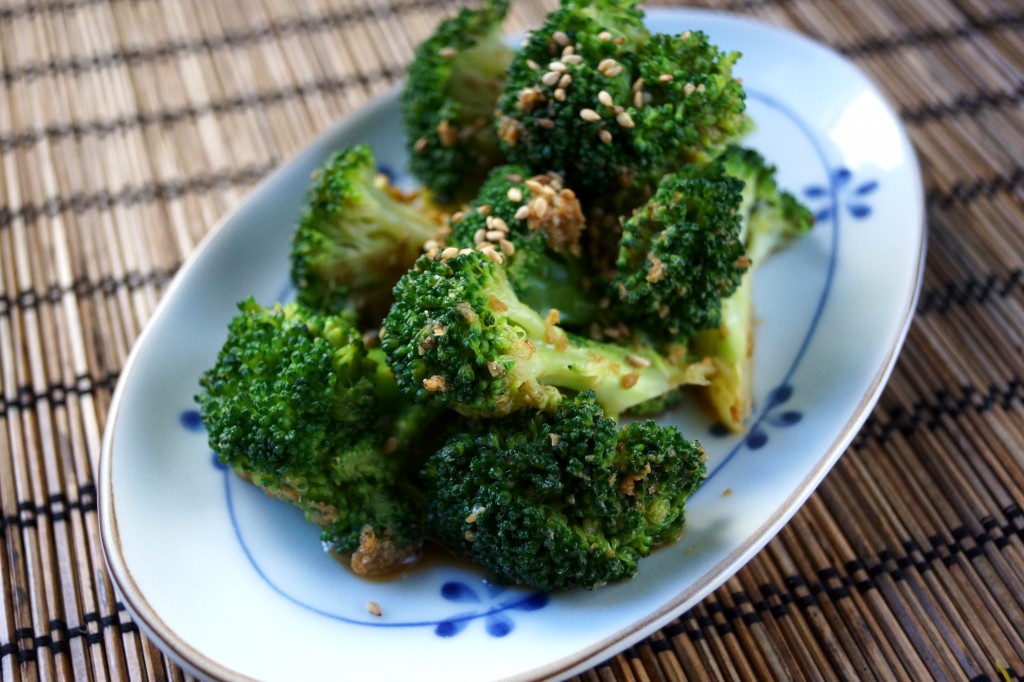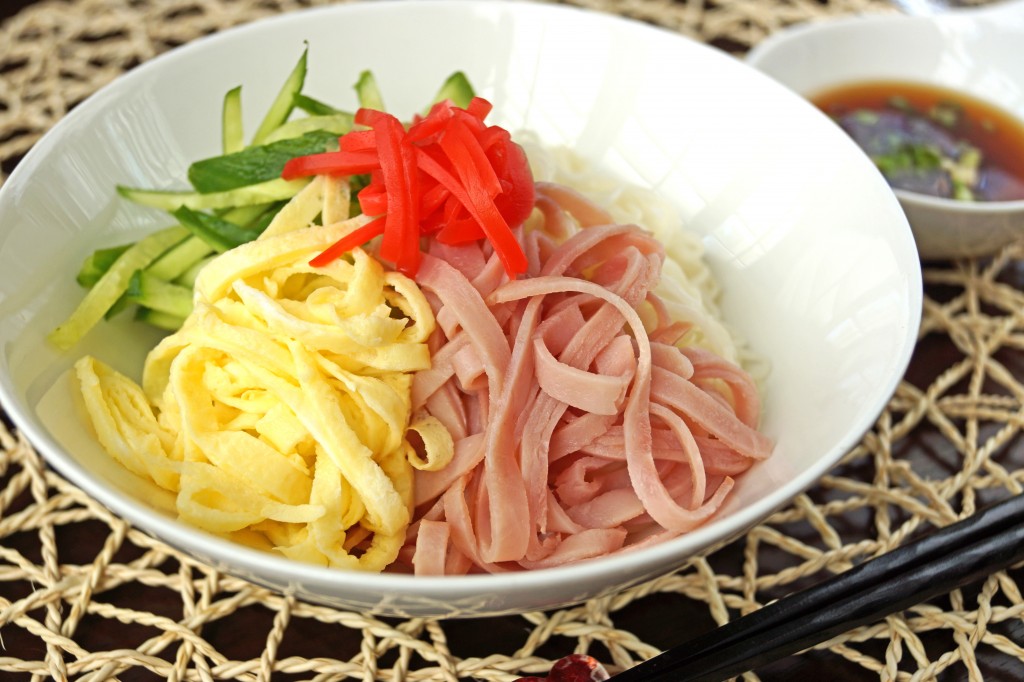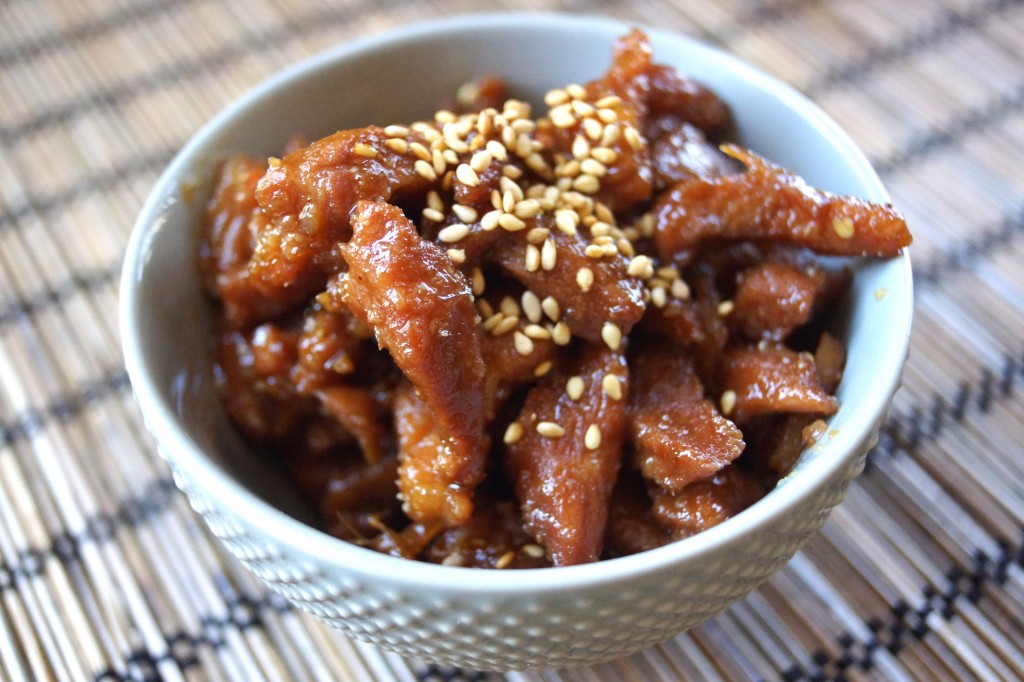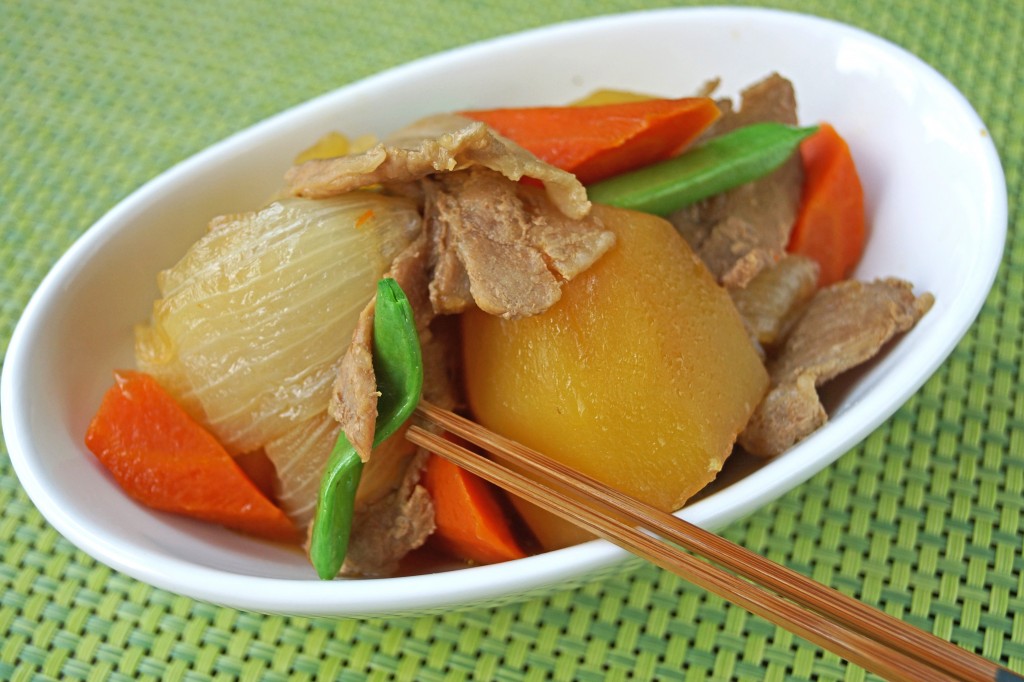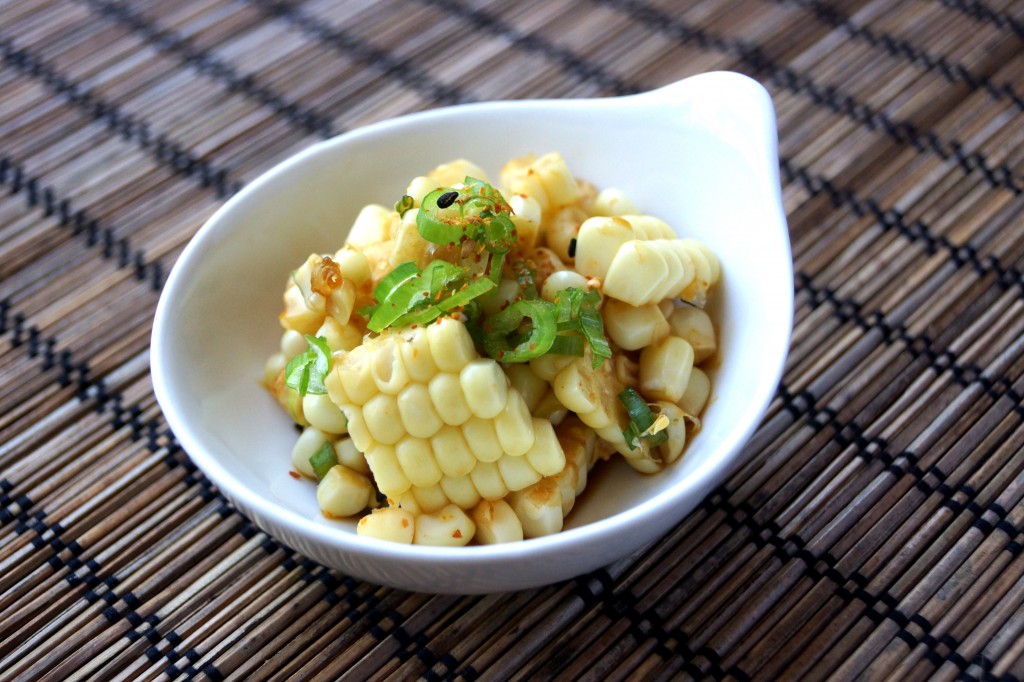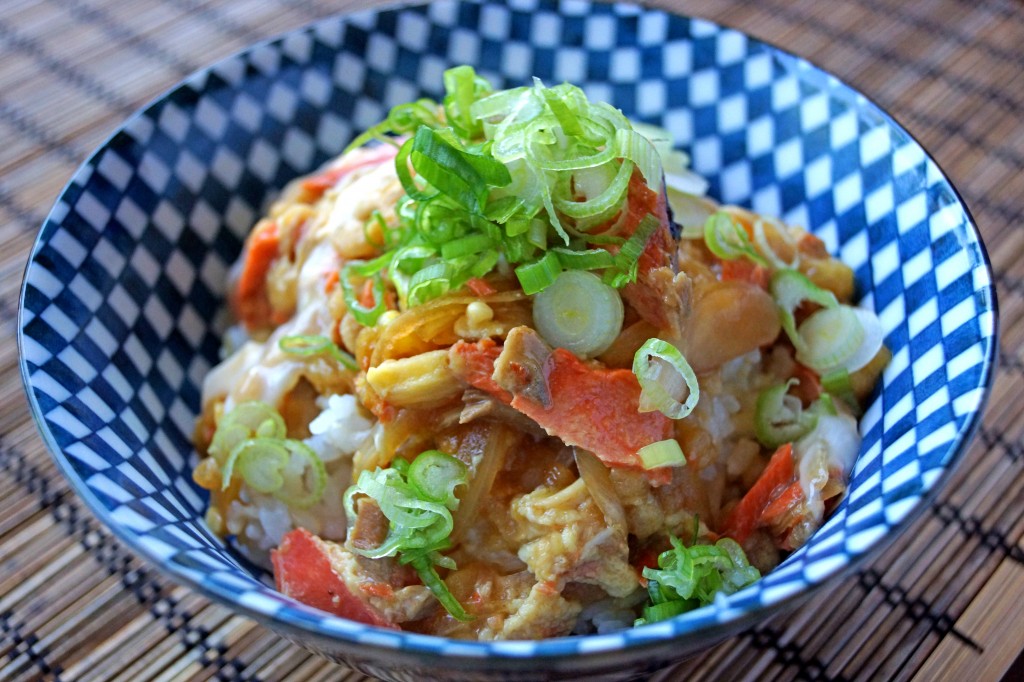Skillet Korokke is a delicious and convenient alternative to traditional deep-fried korokke. The mashed potato filling and crispy panko topping come together in an iron skillet, creating the same great taste as the deep-fried version. If you want to enjoy korokke but don’t have the time to cook the potatoes, shape the patties, batter them, and deep-fry, this skillet method is perfect for you. It’s all done right in the skillet, and you can serve it straight to the dining table. The key is getting that signature crispy exterior on the panko topping, which gives you the authentic korokke experience without the hassle of deep-frying. This skillet version is just as tasty, but much easier to prepare. Hope you give it a try!
This recipe transforms simple steamed rice into soft, chewy, mochi-like rice cakes. By mashing and cooking the steamed rice in a boiling water, it break down into a sticky, smooth dough that resembles traditional mochi in texture. Perfect as a base for both sweet or savory toppings, these rice cakes make a quick and satisfying treat. Kinako (roasted soybean powder) and sugar is the simplest topping for skewered Dango, but you can also use sweet red bean paste (Anko) or Mitarashi sauce. For a toasty flavor, try searing the cakes in a frying pan. No special tools or ingredients are required, making this an easy way to enjoy the taste and texture of homemade mochi using just cooked rice. Hope you give it a try!
Today’s miso soup is cold miso soup with eggplant. The eggplant is simply cooked in the microwave, significantly reducing stovetop cooking time. During hot days, you want to minimize heat-based cooking as much as possible! All ingredients should be well-chilled in the fridge so that the end product is nicely cold. Prepare this in the morning, and you’ll have a wonderfully cold soup for dinner. Shiso leaves add a refreshing herbal taste, but you can substitute with green onion if you can’t find them. We hope this soup helps you cool down!
Eggplant and ground beef are a great taste combination. They are good in meat sauce for pasta, and wonderful in curry too! Eggplant gets very tender and becomes a nice melt-in-your-mouth texture. Well-browned beef gives a tasty flavor to the sauce.
Sesame Sauce is a very convenient seasoning for vegetables. It is quick and easy to make. Then just mix with your favorite steamed or boiled veggies. It is also very healthy because there is no added fat or oil in it. When you eat salads, a lot of the time, the dressing is the problem for healthy eating.
Broccoli is one of the super vegetables, and you would like to eat a lot, but maybe not plain. Instead of cheese or butter, use this Sesame Sauce, and it doesn’t add very much calories.
Somen is very tasty and a super easy dish, but it is a somewhat light meal by itself. Gomoku means ‘variety of ingredients’ in Japanese. Here I put cucumber, ham, Kinshi Tamago, and Benishoga on Somen, but you can add any of your favorite veggies or protein. With vegetables and meat along with noodles, Gomoku Somen is a more complete meal. By cutting everything into thin strips, it is easier to eat, and you can enjoy all the toppings in every bite. You may dip or just pour the sauce over the noodles.
Pork Shigureni may not be as popular as beef, but it is as tasty as Beef Shigureni, I think. The way you cut the meat changes the texture as well. Although you can use thinly sliced meat if you want, here I cut pork into thin strips. It is chunkier and gives a more substantial feel to the meat.
I always thought “proper” Nikujaga is made with beef but never with pork. That’s how my mom always made it, so I made it that way too.
One day a friend told me that Nikujaga at her home was always with pork. Blasphemy! However, I didn’t have sliced beef on hand today, so I tried it with pork like hers, and it was actually really yummy! Sometimes I’m too stubborn to change certain recipes, but it is good to be open to new ideas. Chicken must work too!
Summer is a great time to eat fresh corn. Sweet and crispy. Here I made a very simple and easy fresh corn salad with a Japanese twist.
Ponzu Sauce is a tangy sauce which is great for meat, tofu, and vegetables. Ponzu Sauce works as a salad dressing without any oil, and that is very healthy.
Donburi is rice with some topping in a bowl. Typical toppings are chicken and egg (Oyakodon), Tempura (Tendon), or beef (Gyudon). It’s a complete meal in a bowl.
The topping, however, can be anything you like, really. I had leftover baked salmon from dinner the night before, so it was recycled into this dish. And I have to say, salmon still made a pretty good Donburi.
If you ‘d like to see more details on Donburi dishes, please check out our Oyakodon Video.
